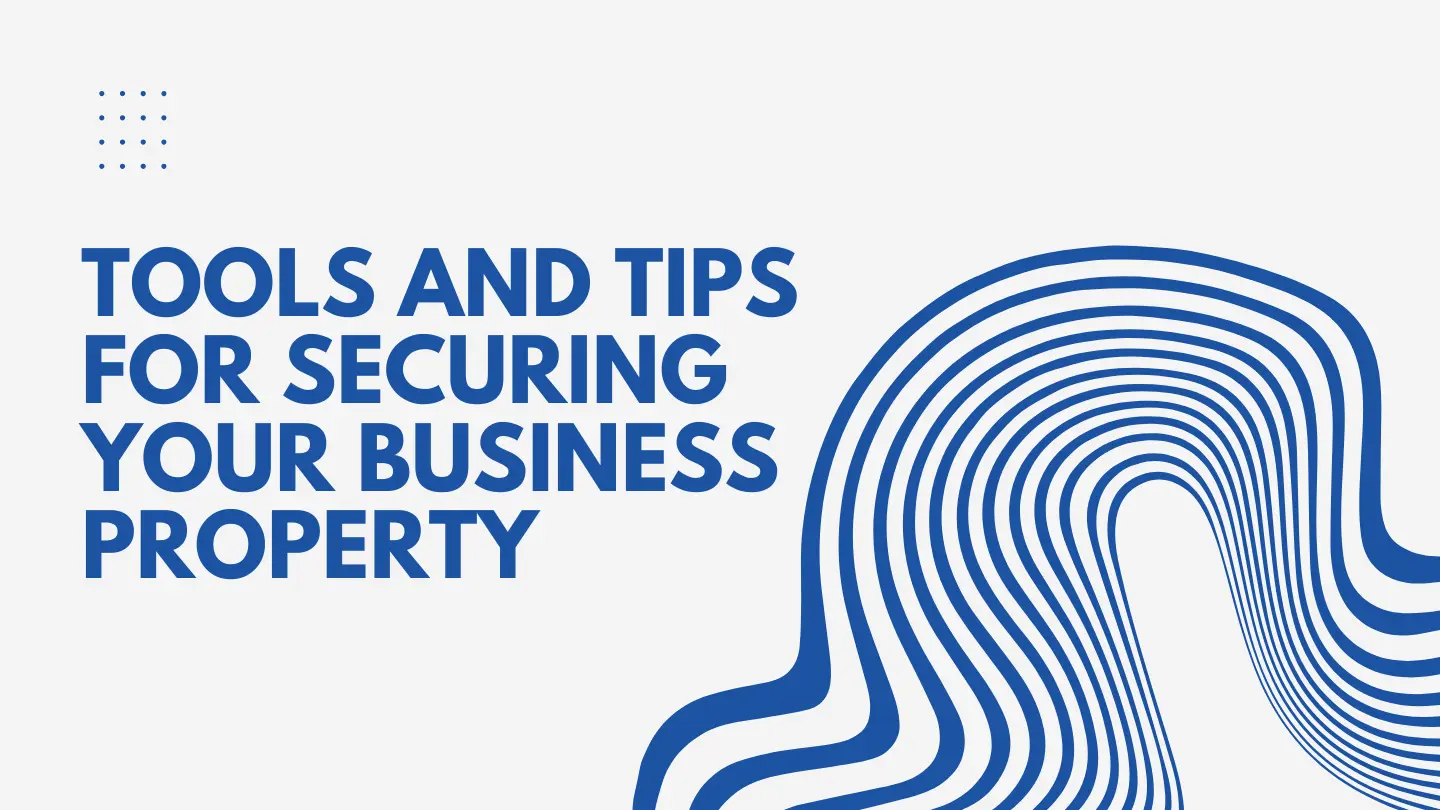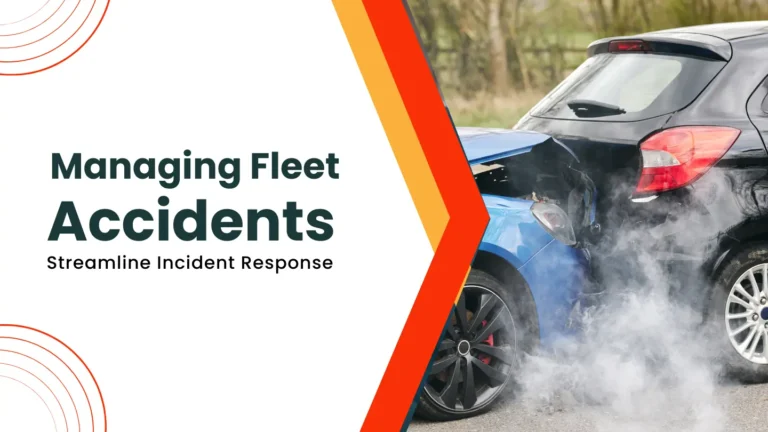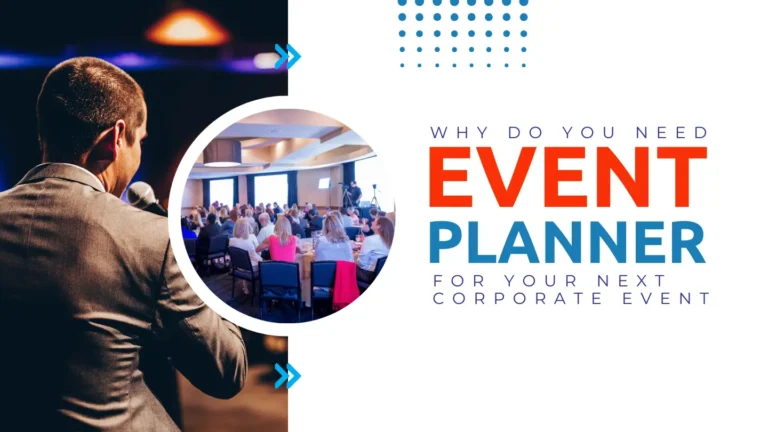Tools and Tips for Securing Your Business Property

Ensuring the safety and security of a business property is a top priority for any business owner. From preventing theft and vandalism to providing a safe environment for employees and customers, the right security measures are essential. Selecting the best security system and practices can be daunting, but with updated technology and strategic planning, companies can protect their interests effectively. Below, we delve into the effective strategies and technologies that can help bolster the security of your business premises.
People Also Read?
Enhancing Surveillance With Advanced Camera Technology
Surveillance technology has come a long way, with modern security cameras now offering high-resolution imagery, night vision capabilities, and even predictive monitoring. By choosing cameras with intelligent features like motion detection and automatic recording, businesses can enhance their surveillance efficiency.
The placement of cameras is a critical consideration. Cameras should be positioned to cover entry points, sensitive areas, and places with valuable assets. However, it is imperative to respect privacy laws and regulations while installing surveillance devices, especially in areas where individuals have a reasonable expectation of privacy.
Data storage and management have become easier with cloud-based solutions allowing for remote access to live feeds and archives. This advancement not only assists in real-time monitoring but also simplifies evidence retrieval for law enforcement if a security incident occurs.
People Also Read?
Managing Fleet Accidents: How to Streamline Incident Response
Implementing Access Control Measures To Limit Unauthorized Entry
Access control systems are essential for managing who enters and exits a business premises. Modern systems can control access at multiple levels, from perimeter entry points to sensitive internal areas. This segmentation of access helps limit the potential for internal theft or unauthorized entry.
Biometric systems that use fingerprints, facial recognition, or retina scans are becoming increasingly popular as they can provide a higher level of security than traditional key or card systems. These technologies reduce the risk associated with lost or stolen keys and the costs associated with rekeying locks.
It’s not just about technology; good access control also includes protocols such as visitor management systems. Logging visitors and contractors ensure there’s an audit trail, which can be invaluable in the event of a security breach. Temporary passes and escort requirements can help maintain control without compromising operational efficiency.
People Also Read?
Boosting Marketing Outcomes Through Strategic People Management
Leveraging Lighting and Environmental Design for Security
Effective lighting is one of the simplest yet most powerful deterrents against intruders. Properly illuminated exteriors and interiors can make it difficult for trespassers to approach unnoticed. Motion-activated lighting adds an element of surprise and can deter would-be criminals.
Natural surveillance, or the ability to see and be seen by others, is a critical component of environmental design for security. This approach involves designing landscapes and properties to maximize visibility for legitimate users while minimizing hiding spots for potential intruders.
Territorial reinforcement through the strategic use of fences, signage, and clear boundaries can help to dissuade unauthorized entry. These environmental cues signal to potential violators that they are entering a well-defined, controlled space.
Establishing and Enforcing Robust Security Policies and Protocols
The formulation of clear security policies is fundamental for ensuring everyone within the business is aware of the security expectations. These policies should cover everything from responsibilities in case of an emergency to protocols for reporting suspicious activity. Communication is key, so these policies must be regularly disseminated and discussed.
Enforcing these policies can sometimes be a challenge but is necessary for their effectiveness. This could involve disciplinary actions against those who repeatedly violate the policies, but more importantly, it should involve positive reinforcement for adherence.
Overall, the security of business property encompasses a wide range of tactics and technologies, from advanced surveillance systems to simple environmental design principles. By taking a comprehensive approach, prioritizing risk assessment, investing in updated technology, and fostering a culture of security-mindedness, businesses can create an environment that is as safe as it is functional. With diligent implementation and ongoing evaluation of security measures, companies can protect their assets, employees, and reputations effectively, ensuring long-term success.






